The Legenda, or the MKRC Legenda system, is a Soviet satellite targeting system mated to the SS-N-19 missile.
The Legenda operated between 1978 and 2006, both in the Soviet Union and Russian and is a system of global satellite that from space carry out naval reconnaissance and target designation for the Russian Navy forces.
The system made it possible to track and predict the tactical situation in the oceans and transmit information in real time to ships, submarines and ground posts, however, the short life of active satellites predetermined the episodicity of its operation.
It was primarily used to follow the movements of the British Navy during the Falkland islands conflict.
The Legenda system was developed to replace the outdated aviation marine radar target designation system – MRTS-1 Uspeh, which had been in service since 1965.
The terms of reference for the design of the new system were issued in 1960 to the Design Bureau No. 1.
The two types of artificial satellites that formed the basis of the system were developed by OKB-52 by 1965, and then by the Leningrad Design Bureau Arsenal following that.
Mstislav Keldysh took part in calculating the orbits and relative positions of satellites to cover the entire water area of the world ocean. Keldysh is known as one of the main ideologists behind the Soviet space program.
In the period from 1970 to 1988, the USSR launched into space more than 30 reconnaissance satellites with low power nuclear power plants such as BES-5 Buk and Topaz for the system to operate.
The complex consisted of satellites of passive US-P and active US-A reconnaissance.
The US-P passive reconnaissance satellites were powered by solar panels, they were used as radio-technical reconnaissance equipment, and the coordinates of radio signal sources were calculated by them.
The US-A active reconnaissance satellites served as a surveillance radar capable of scanning the surface from an orbit of 270 km and therefore required a powerful source of energy, which was the Buk portable nuclear reactor.
As previously mentioned, the system proved to be very effective in monitoring the troops of Great Britain and Argentina during the Falkland War in 1982. Thanks to the satellites, the Soviet Navy General Staff accurately predicted the beginning of the landing on the islands.
The Legenda was used for targeting acquisition of 949 P-700 Granit, by the project 949A Oscar-class nuclear -powered cruise missile submarine Antey. Thanks to that it was possible to use the missiles and submarine to potentially strike targets much farther than the missiles themselves were initially capable of.
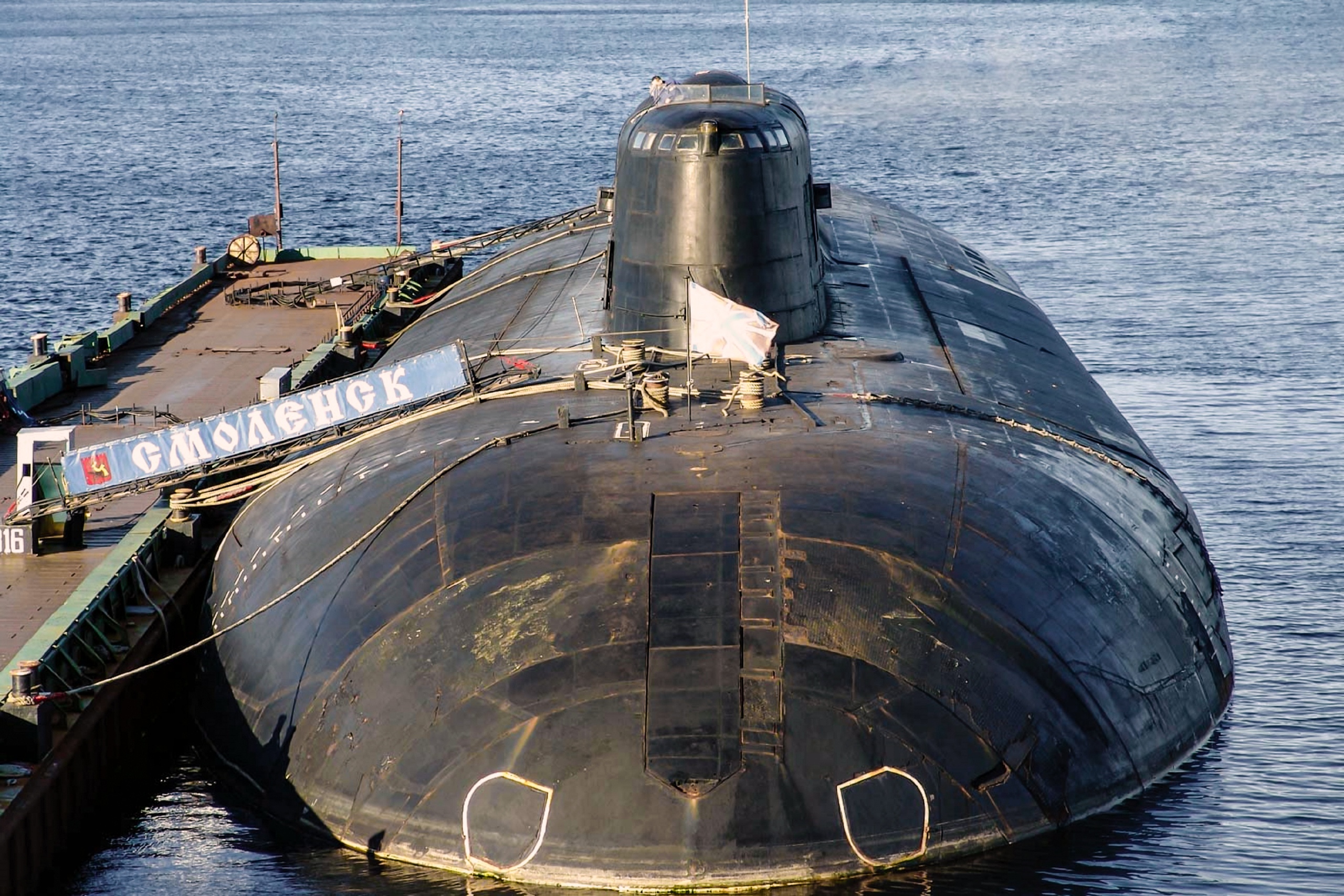
Project 949A Oscar-class Antey nuclear-powered cruise missile submarine. Click to see full-size image
In 1988, a worldwide ban on the use of satellites with a nuclear power plant in low Earth orbits was adopted, as a result of which the construction and launch of US-A satellites were discontinued. However, the launches of US-P continued until 2006.
The Legenda was replaced by the reconnaissance complex of the Liana electronic intelligence satellite, consisting of Lotos-S passive radio intelligence satellites (two vehicles were launched) and the Pion-NKS active radar reconnaissance (also 2 devices).
The launch of the Lotos-M can be seen on the video below:
MORE ON THE TOPIC:



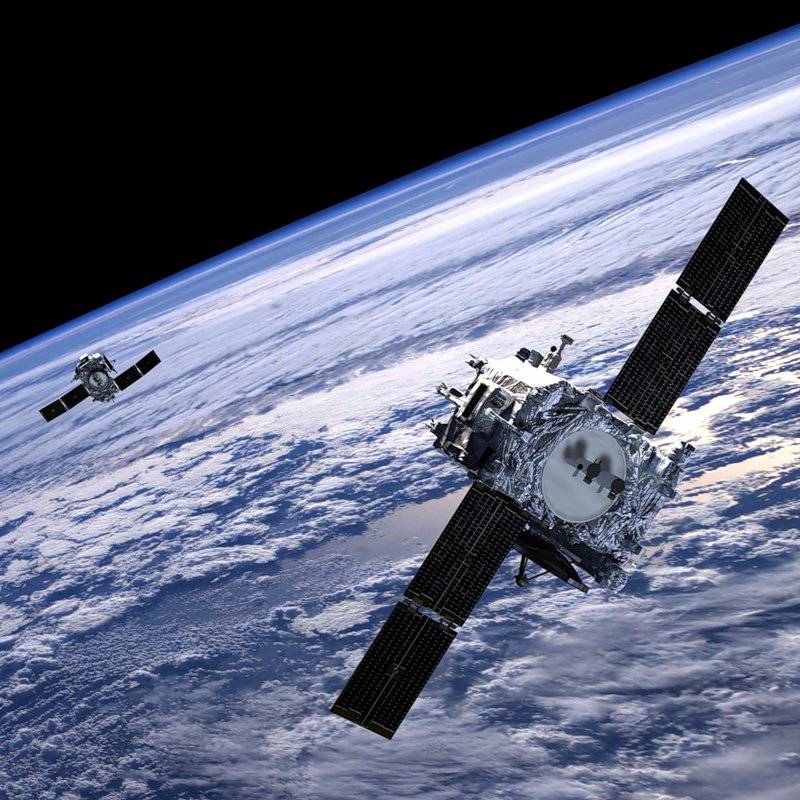
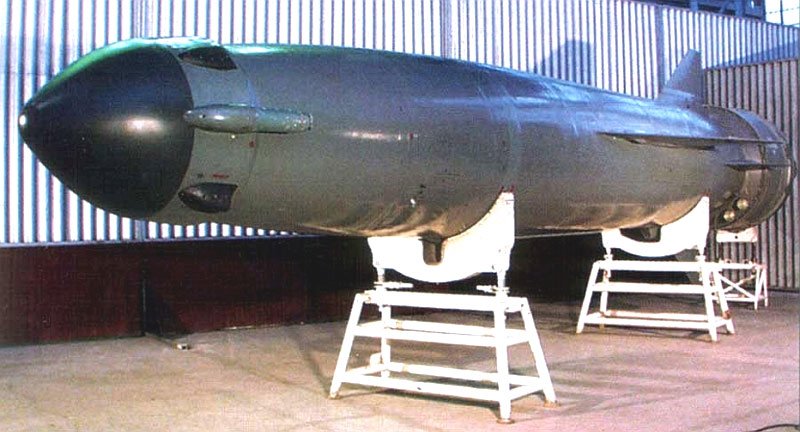
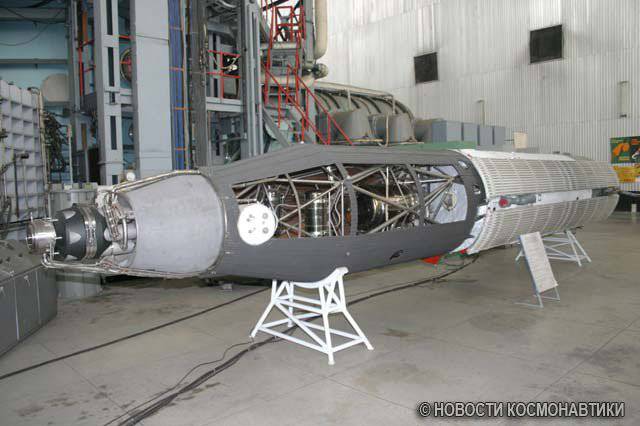
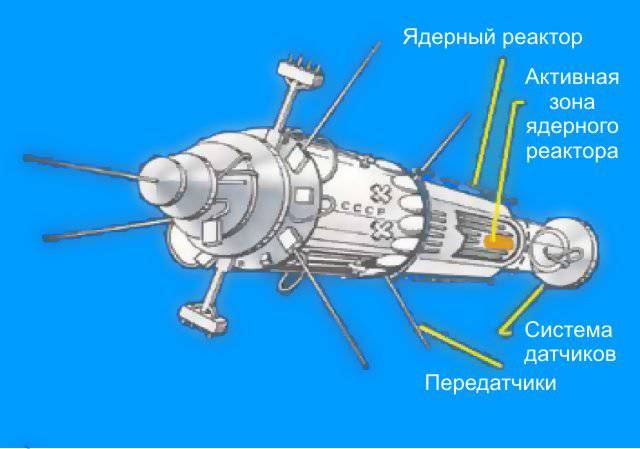
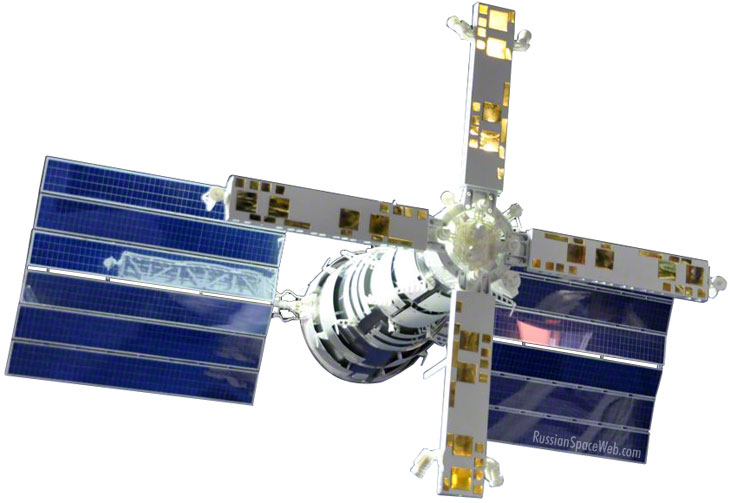



We need SAA offensive now!
We need Russia and Syria start bombing hell out of those terrorist rats!
I find this topic very interesting, but have far too limited knowledge about space and it’s military applications.
Would be great if SF could produce a comprehensive video on how space is used (by the military powers) to fight and win wars on the ground, sea and air/space.
Can you lose a carrier strike group in an ocean still? Can submarines be tracked? Are missiles and missile launches on the ground easily observable? Can a ground or air battle be won or lost without space assets? How vulnerable are satellites in space today to being physically removed from their orbits?
Just some of the many questions that come to my curious mind about space and warfare.
Its possible that Irani missile were guided by these kind of satellte…
The U.S had a ultra secret programe recently that allowed it to intercept other satellites and attache monitoring devices and alledgedly the capability to sabotage the satellite on command at a time of their choosing